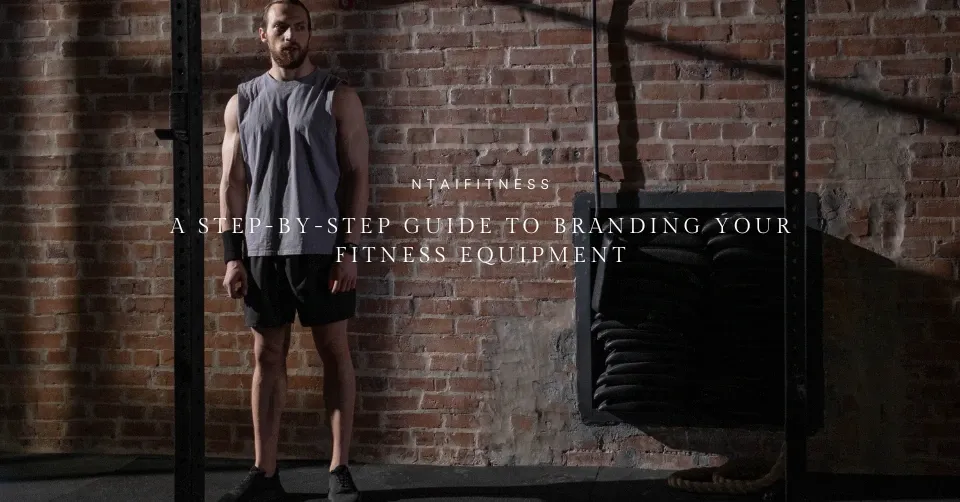
Build a unique fitness equipment brand with this comprehensive guide, from defining your brand identity to choosing the right equipment, customization, packaging, and global scaling. Building a recognizable brand in the fitness industry is about more than just adding a logo. It’s about creating a lasting impression that reflects your values, builds customer loyalty, and differentiates your equipment in a crowded market. Before customizing your equipment, it’s crucial to establish a clear brand identity. This forms the foundation of your branding strategy. Focus on your brand’s core values, unique selling points, and customer benefits. Choosing the right equipment to brand is critical to your success. Customization is where your brand truly comes to life. Consider the following: OEM (Original Equipment Manufacturer) products are designed based on the buyer's specifications, while ODM (Original Design Manufacturer) products are pre-designed and sold under the buyer's brand name, with limited customization options. Typically 4 to 12 weeks, depending on design complexity, production scale, and supplier capacity. MOQs vary by product type, with cardio machines often requiring 50-100 units and accessories like dumbbells starting at 100-500 units. Introduction to Branding for Fitness Equipment
Step 1: Define Your Brand Identity
Understand Your Target Audience
Craft a Compelling Brand Message
Choose Your Brand Tone
Step 2: Choose the Right Equipment to Brand
Step 3: Customize Your Equipment
Step 4: Packaging and Presentation
Step 5: Quality Assurance and Compliance
Step 6: Build a Strong Online and Offline Presence
FAQs - Branding Your Fitness Equipment
What is the difference between OEM and ODM for branding?
How long does the fitness equipment branding process take?
What is the minimum order quantity (MOQ) for branded fitness equipment?

